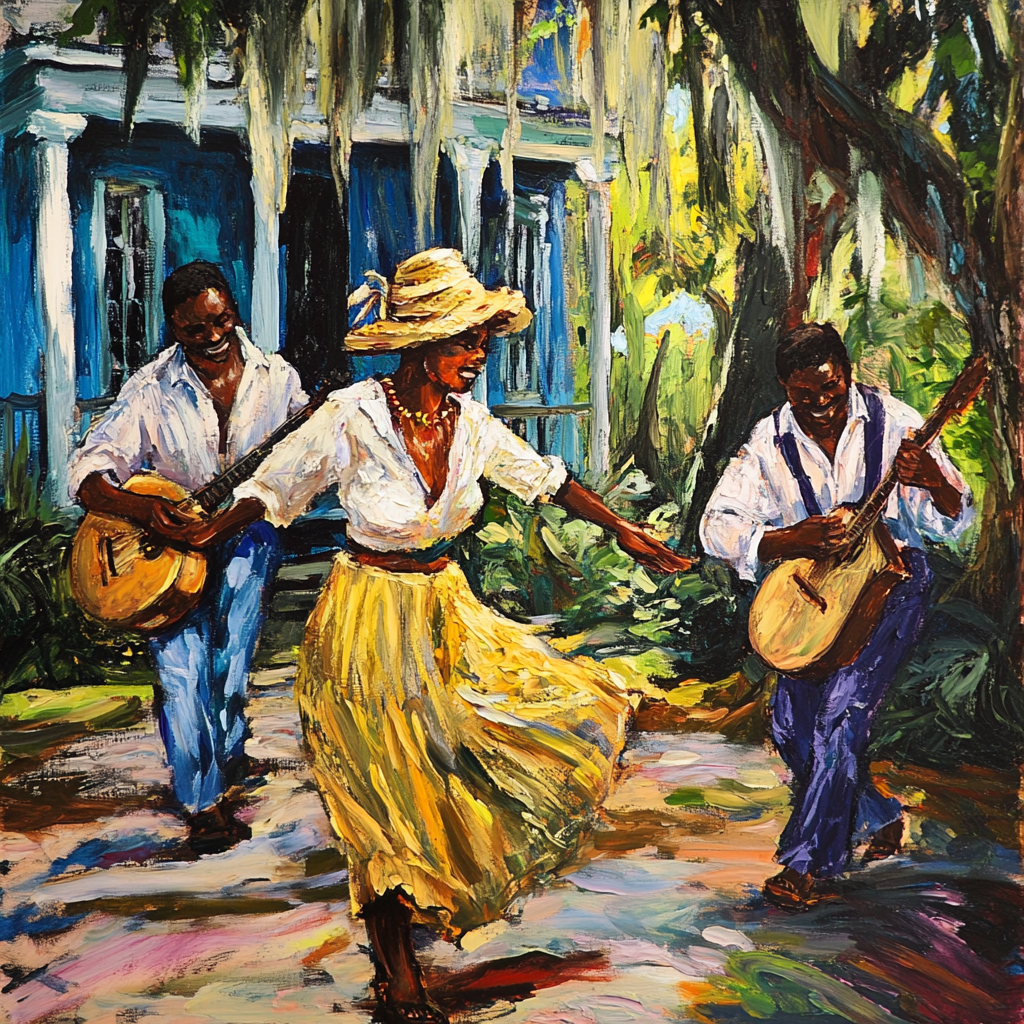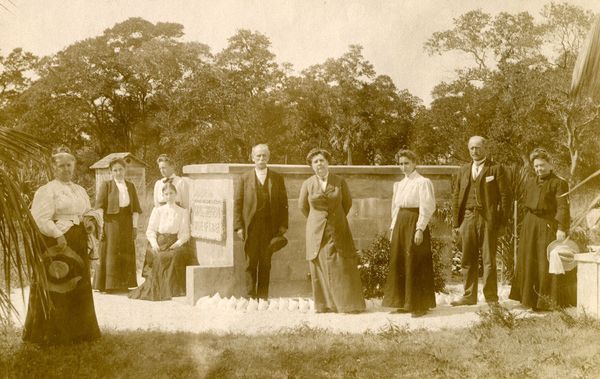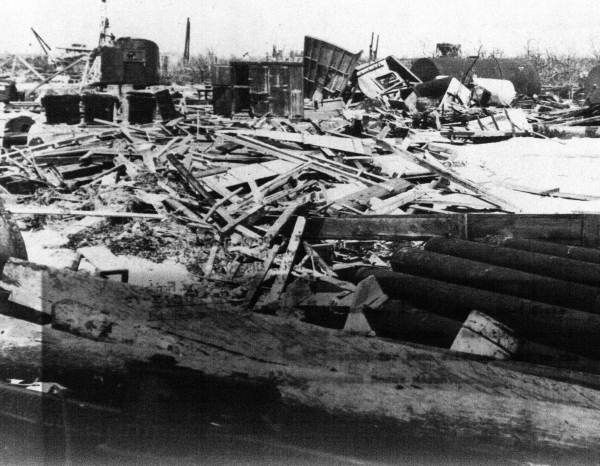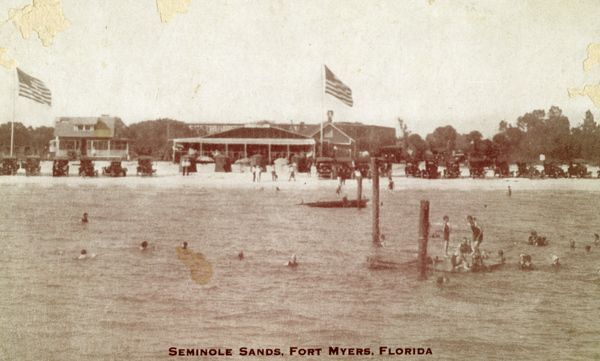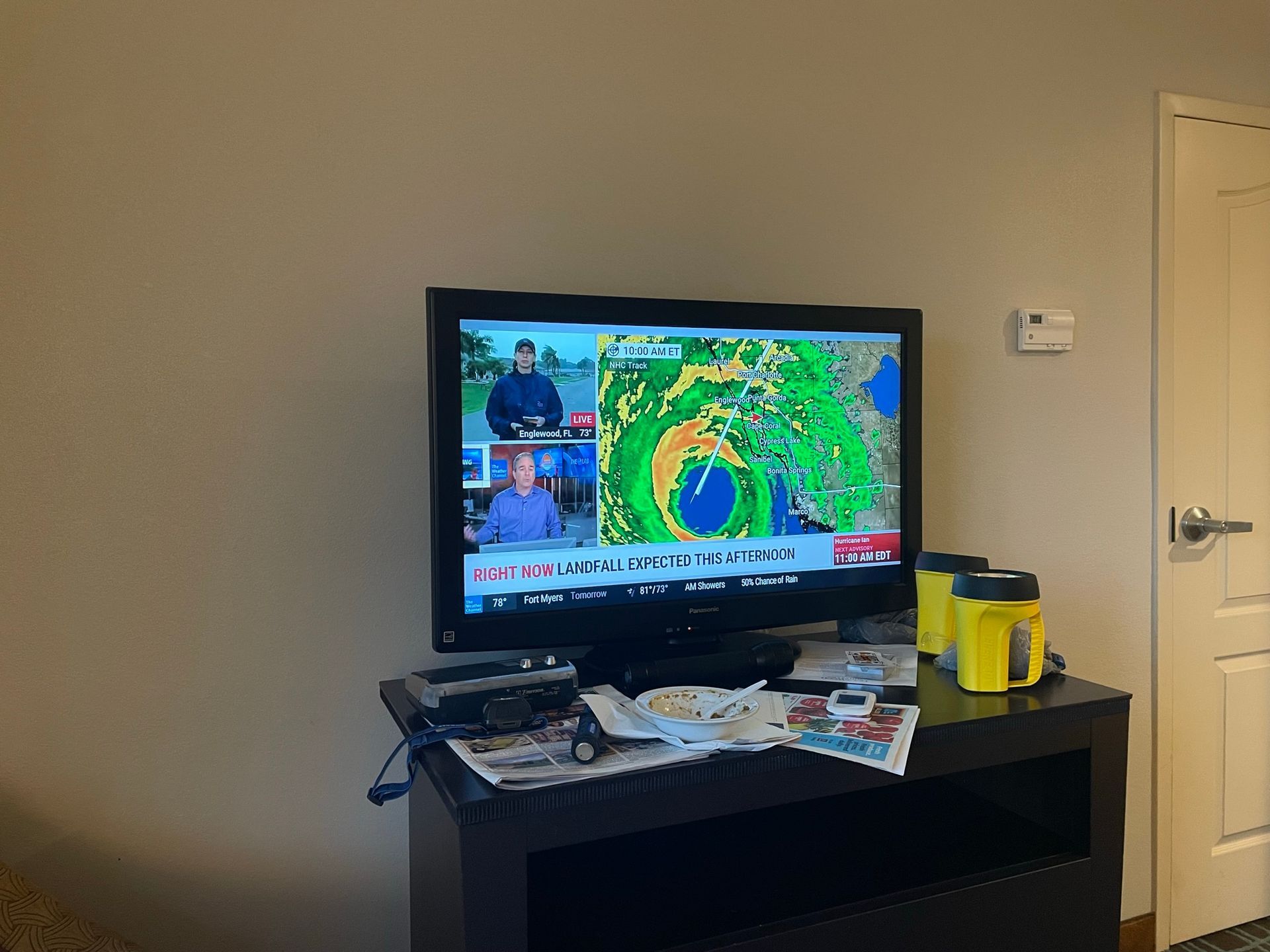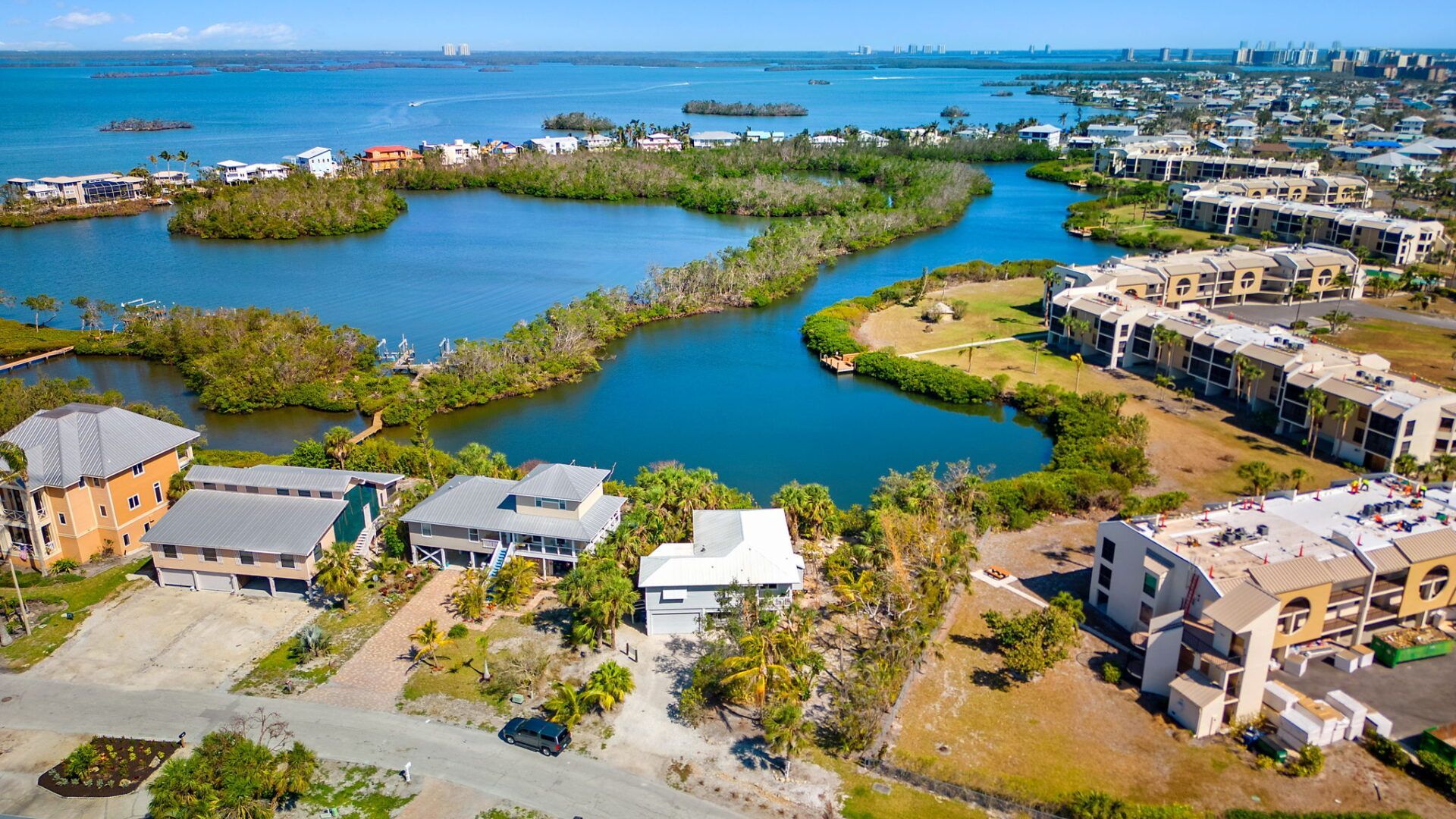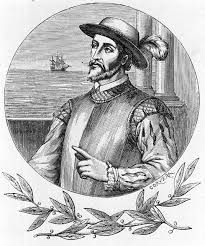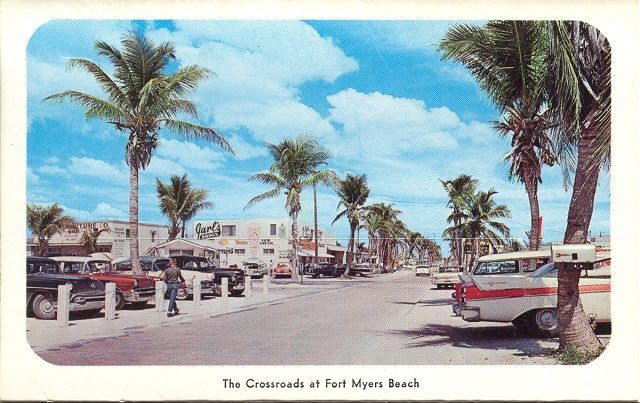Did Ponce de Leon name Estero Island?
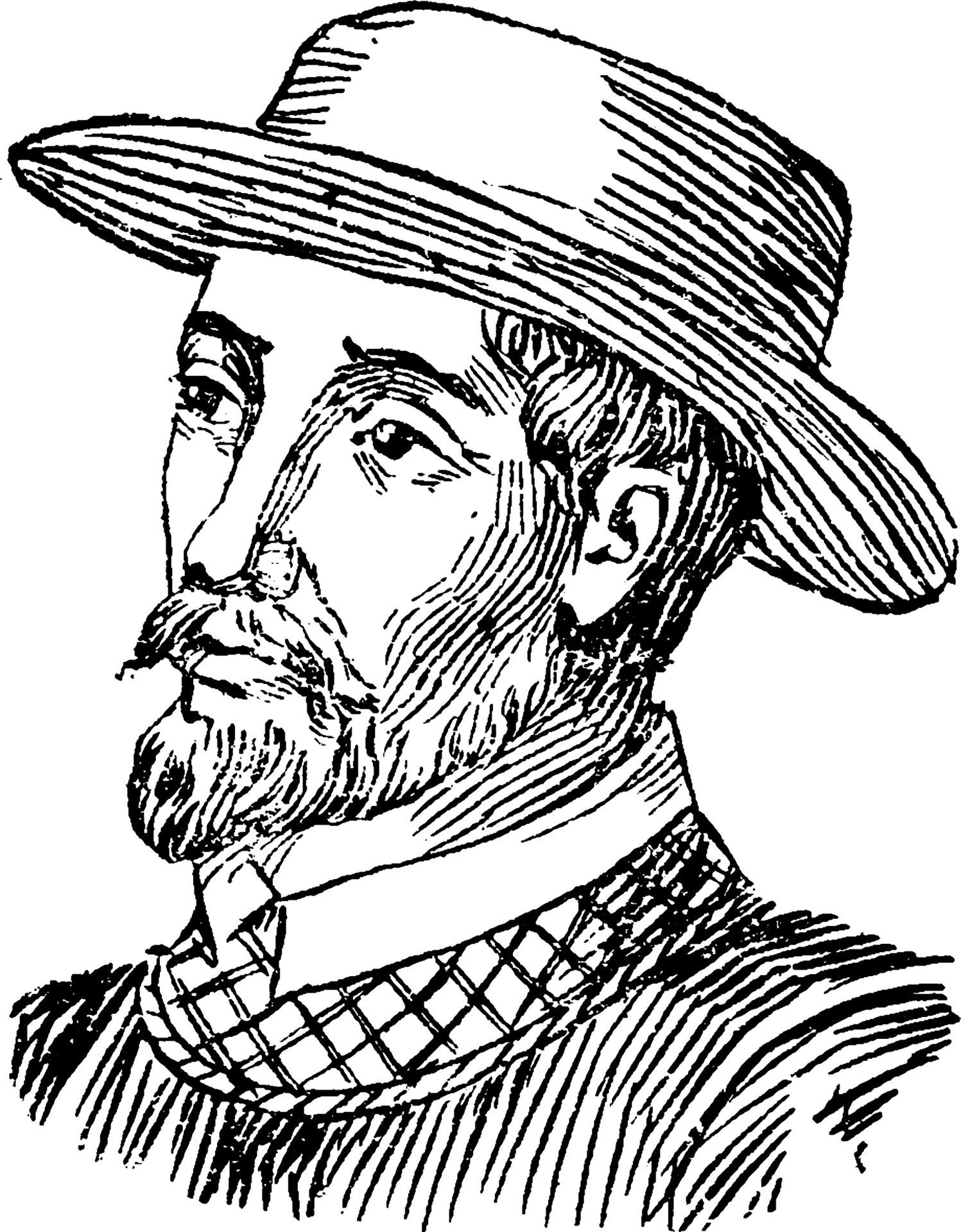
In an earlier blog, I wrote about the days when Fort Myers Beach was known as Crescent Beach. In this article, I am going to address the origin of the name “Estero.” As I was growing up on the island, there was always a controversary over the name Fort Myers Beach. Many residents preferred to be known as Estero Island to be separated from the town of Fort Myers. Once the town incorporated, the name of the town was still Fort Myers Beach but it was also noted on many publications that the town of FMB was located on Estero Island. So, how did the name Estero come about? According to Florence Fritz in her book Unknown Florida, the name Estero goes all the way back to the 1500s when Ponce de Leon roamed the waters around Southwest Florida.
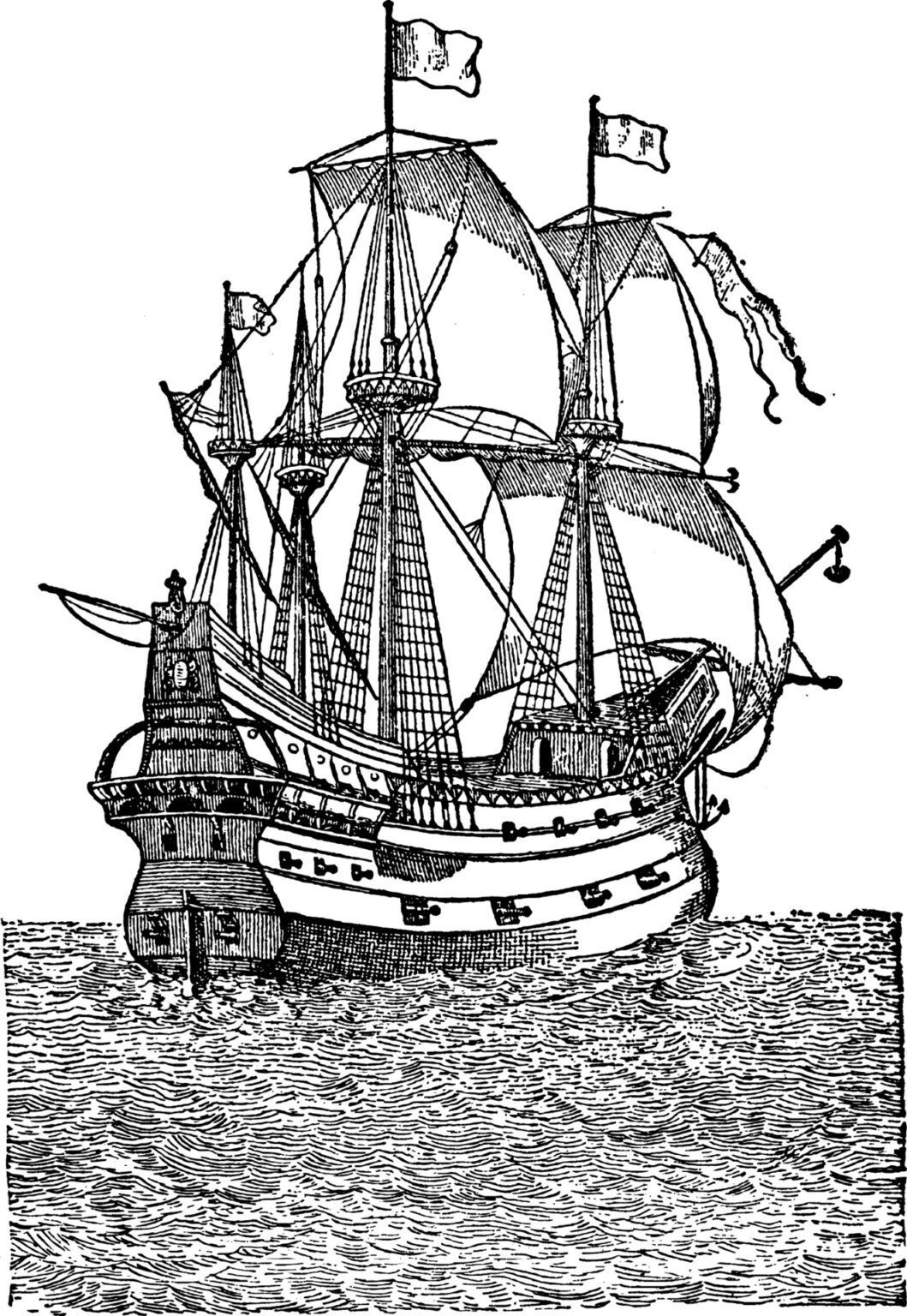
Juan Ponce was an experienced Conquistador who had fought before the Walls of Granada and was with Columbus on his second voyage (Fritz). While exploring the island of Cuba, Ponce de Leon captured some of the native Indians and forced them to tell him what lay to the north of Cuba. He was told to go north until he found “islands that jutted out into the sea.” One of these islands lay in an east-west direction like Cuba.
Ponce de Leon wanted to see this land for himself as he was told that these islands north of Cuba were filled with “forests, many wild animals, mineral springs, large fish, and gold (Fritz).” He fitted three ships and sailed from Puerto Rico through the Bahamas and up the east coast of Florida. On March 27, 1513, it is recorded that he planted the Flag of Spain on the new land and claimed it for his king.
Sailing along the coast, Ponce de Leon could not find a suitable harbor for his ships, so he headed out to the Marquesas where he discovered and named the Dry Tortugus after the turtles he found there. After leaving the Tortugas, Ponce de Leon headed north until he came to the “islands that jutted out into the sea.” He sailed a short distance beyond these islands, and, on his way south again, he came upon a large bay with plenty of depth for his ships to navigate. He had entered Charlotte Harbor also known as Bahia Hondo or Deep Bay.
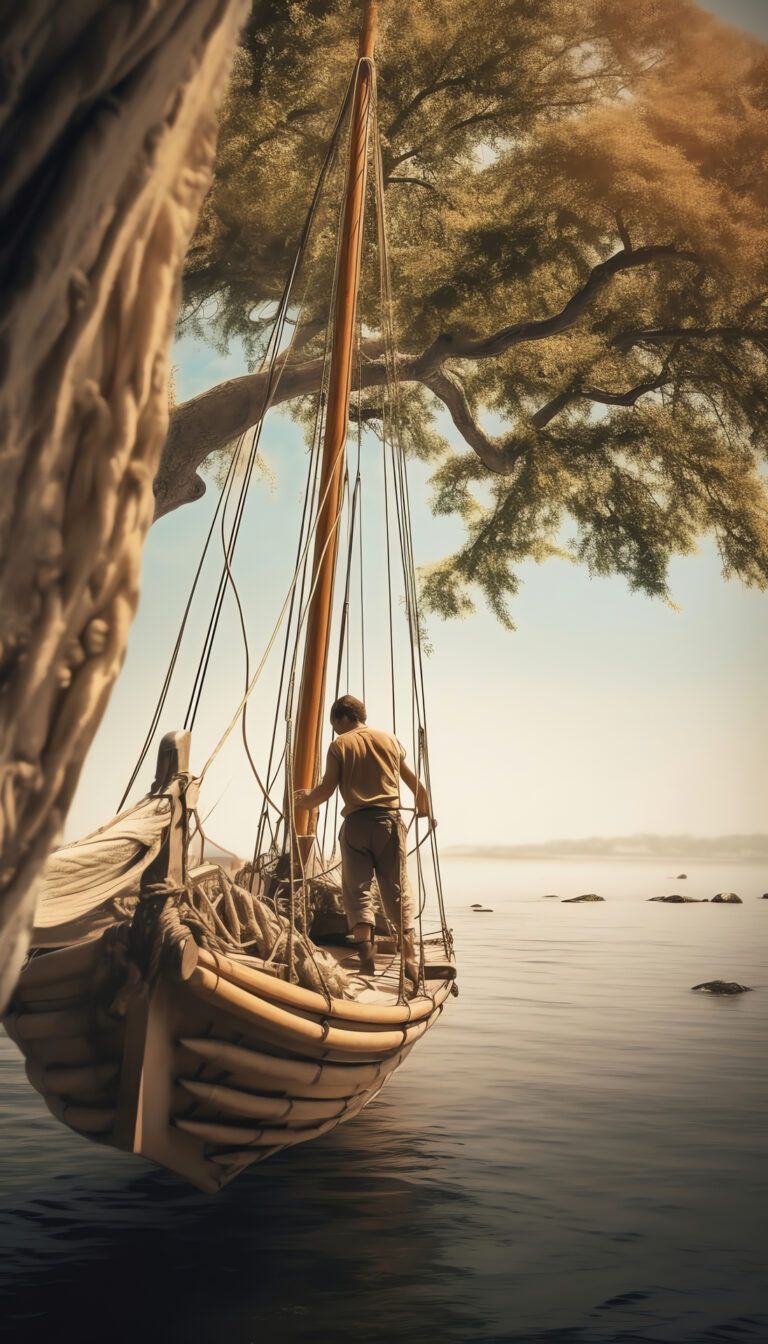
Shortly after this, he sailed into Pine Island Sound skirting the islands of Sanibel and Captiva and entering Carlos Bay. This bay was a good anchorage as the bottom was hard and the anchors held easily. According to Herrera and Davis, Ponce decided that the ship San Cristobel needed to be repaired. Back in the day, this was known as careening which is a method of repairing a hull while the ship is in the water.
To do this and avoid attack by the Indians, Ponce and his men needed to find an isolated spot away from the main channels. Fritz postulates that the repairs took place on Estero Island which they discovered after going through Matanzas Pass. Fritz states that the Spanish word astillero means shipyard or a ship-building place. The word is pronounced “as stee yah roh” exactly as we pronounce Estero Island. Fritz also notes that pioneer shipbuilders for many years found wood for sailing ships growing in this region.
The Spanish stayed in the area until June 4 at which time the Indians attacked, and a bloody battle ensured. This is how Matanzas Pass got its name which means “slaughter or bloody passage.” The day after the attack, a party of Spaniards went ashore around Pine Island to explore. The Indians attacked again and fighting went on all day. Despite the fighting, the Spanish remained in the Sound for “nine days or more” (Fritz). On June 14, they returned home taking the captives with them.
